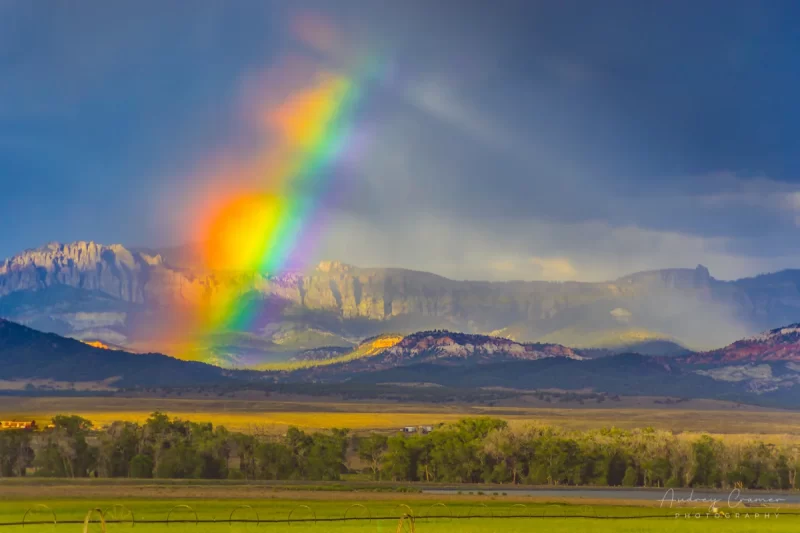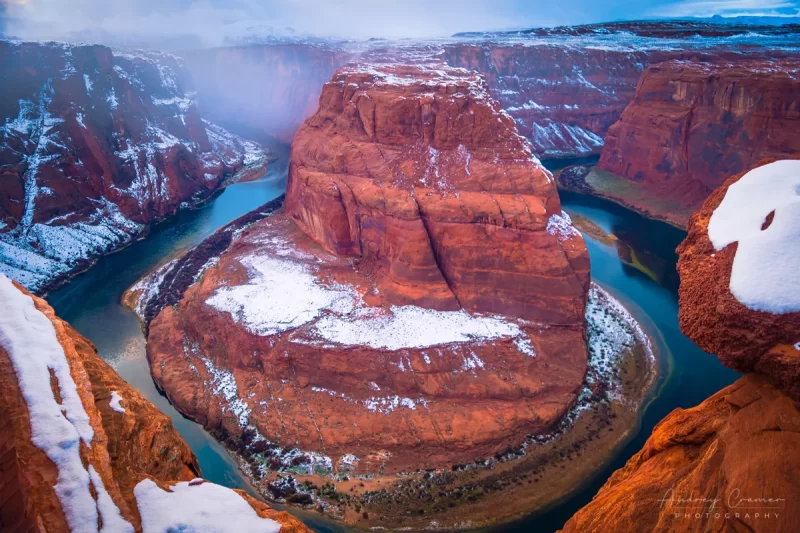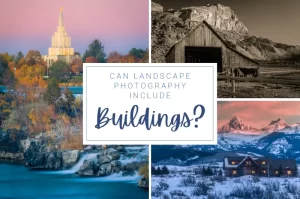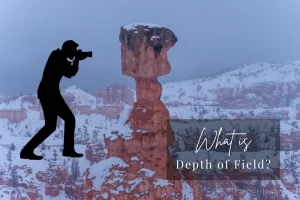It’s high time that I start this series I’ve been sitting on. It’s time for me to help out the Boy Scouts with the photography merit badge. I’m a professional photographer and have been for 10 years so my credentials there are enough for me to call myself a photography merit badge counselor in any council as long as I register for the position. Today, I want to help out scouts who want to earn the photography merit badge.
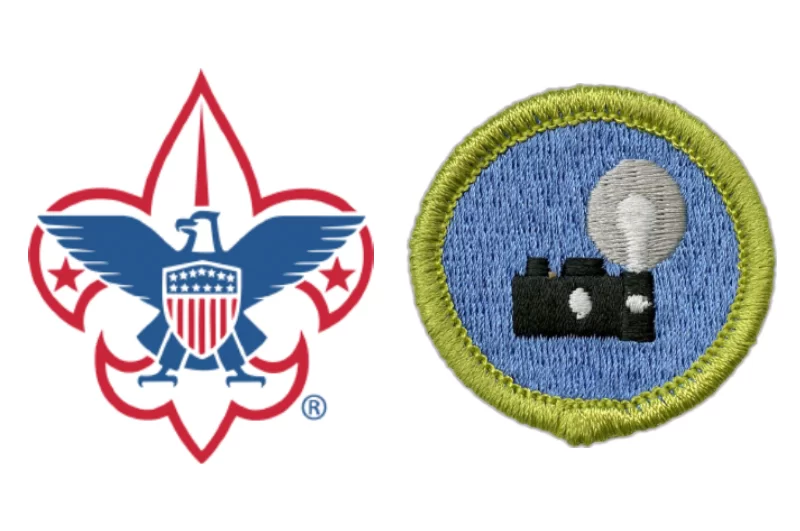
Now, to start this out, I must say that I’m NOT your merit badge counselor (for photography or otherwise). This is especially true if I don’t live in the same council as you do. You will need to find someone local to sign off that you have met the requirements for this photography merit badge. Your local council office can assist you with finding a current photography merit counselor if you don’t know where to find one.

What I can do is to help you out with some of the research and basic learning aspects of the photography merit badge requirements. As there are currently no less than 5 groups of these requirements, I will break this up into 6 different articles for you to digest in your leisure. Some sections require more explanation than others do.
Part 1: Safety
The first part of the photography merit badge requirements states the following:
1. Safety. Do the following:
a. Explain to your counselor the most likely hazards you may encounter while working with photography and what you should do to anticipate, mitigate, prevent, and respond to these hazards. Explain how you would prepare for exposure to environmental situations such as weather, sun, and water.
There are several hazards which you can run into as a photographer or even dabbling in photography. These include mother nature (animals, the elements, water, etc.), studio hazards, and human hazards.
Mother Nature
You will find all kinds of hazards outside. These include the elements and weather, water from lakes and rivers, animals of all kinds, poisonous plants, and more. When it comes to planning for your safety, you need to take into account the kinds of hazards you are likely to encounter as not all possible hazards will occur in the same place.
Weather
You will always need to prepare for the weather. Will it be sunny? Bring a hat, sunscreen, and a full water bottle. Will it be cold and rainy? Bring an umbrella or other rain gear. Will it be windy? Bring some form of windbreaker, a lens hood, and some weights for your tripod. How about snow and ice? Bundle up and bring hand-warmers (they will keep you warm and help keep your camera from freezing). How about a thunderstorm, tornado, or hurricane? Best not go outside and take shelter against the storm.
If you find yourself in inclement weather, follow instructions for the kind of weather. Treat for heat exhaustion and heat stroke or hypothermia and frostbite as necessary. Get out of a bad situation as fast as you can. Don’t stay outdoors with lightning and don’t be the tallest thing around. Get in a ditch as flat as you can with a tornado. Hurricanes usually have lots of advanced notice so don’t go out period.
Water Hazards
If you find yourself on a photo shoot near a body of water such as a lake, stream, river, or ocean, then you need to take a few precautions. First, don’t step into water where you can’t see the bottom. You don’t know what hazards could be lying beneath the surface. There could be tripping hazards, dangerous aquatic life, hidden swift currents, etc. If you can’t see the bottom, you don’t know it’s safe so don’t risk it. Don’t wade into a swift current as it can sweep you off your feet and downstream. If you are in a river, you could find yourself going over a waterfall or into a turbine generator. Drowning is a big hazard where water is a factor.
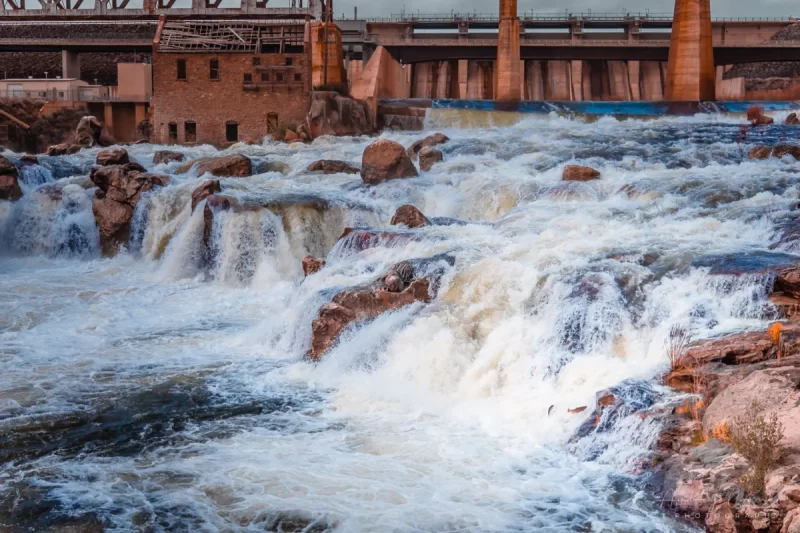
Don’t drink from stagnant water either. There’s lots of nasties which grow in stagnant water. You don’t want an infection or a parasite. Watch out for slick rocks near falling or other moving water. While you may have no intentions of entering the water, a chance slip and fall might just change things for you. Also, keep a full hand on your camera equipment at all times or your camera might just go for a swim and die.
Take a buddy with you who can go get help in the case of an emergency. Make sure that someone not on the trip knows where you went and when you’re expected back. Bring a life vest if you will be swimming or boating.
Poisonous Plants
There are a few poisonous plants out there which you need to keep your eyes out for. If you don’t know if you are a member of the 50% of humanity who reacts, keep away from any areas with poison ivy, poison oak, or poison sumac. Those plants will cause an itching blistering rash within a couple hours of exposure. The oil responsible for this rash will cling to many surfaces and keep reintroducing the rash if not properly removed. Make sure you know what these plants look like at various points during the year and if they will be present at your outdoor photo shoot. I don’t care how nice they look, avoid them.
If you find yourself exposed to any of these poisonous plants, get treatment immediately and make sure that all surfaces you touched, especially clothes and shoes, are properly cleaned before used again.
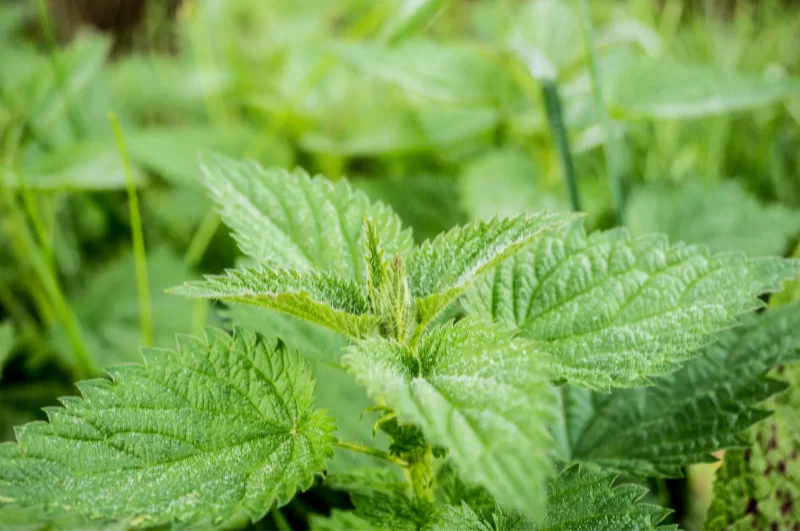
The other concern is stinging nettle. While not poisonous, stinging nettle is a very unpleasant sensation when first encountered. There’s no time delay. You know if you found some. It can penetrate through denim so just don’t go anywhere near it.
Animal Hazards
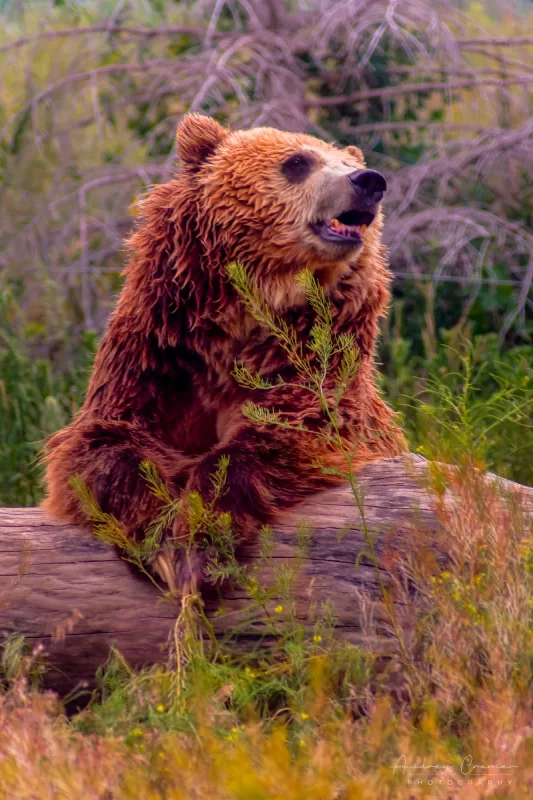
The list of potential hazards with animals is long and lengthy. Several of these hazards are specific to the region where you live. There are some general rules. Don’t mess with large mammals such as bears, moose, elk, bison, caribou, etc. They can hurt or kill you without even trying. Don’t mess with crocodilians either. Alligators and crocodiles are fierce predators which can run much faster and longer than you think.
Colorful insects, arthropods, reptiles, and amphibians often are signaling that they are poisonous so don’t touch. Pincers, stingers, and telsons really do hurt as do bites. Don’t annoy bees, wasps, hornets, or yellow jackets. Scorpions, crabs, lobsters, centipedes, and millipedes should be avoided as well.
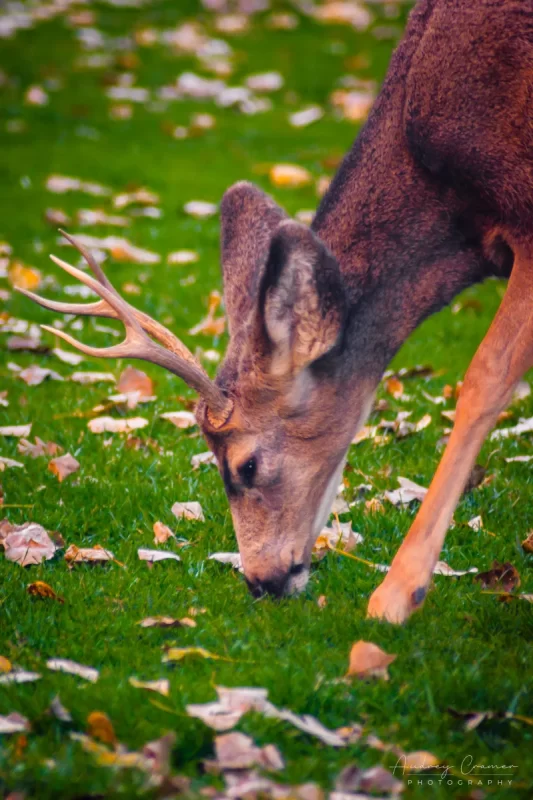
Watch out for the rattlesnake, coral snake, cottonmouth (water moccasin), and copperhead snake. They are all poisonous to humans. Brown recluse, hobo, and black widow spiders are also to be avoided. Bring insect repellent for the biting gnats and mosquitoes too.
Most local wildlife will move on if they hear the noise of humans approaching. If they don’t, then you might need to worry about rabies. Don’t touch an extra friendly wild animal. They’re probably rabid. If you see an animal get defensive, learn what to do. Most animals will leave if you make a show of being bigger and tougher than they are. Some, like the grizzly bear, will not. Make sure you know what to do in each situation. Bear spray could be helpful if in bear country.
If you’re going to the ocean, pay attention to jellyfish, red tide alerts, etc. There are animal hazards unique to the ocean which you will not see inland. If you are instructed to avoid an area, then avoid it.
Land Hazards
Here’s a group of outdoor hazards which you might not have thought about. How about rockslides, landslides, and lava flows? Mother nature has lots of ways to get you and they don’t always involve living things. The earth can toss out a few surprises as well. Watch out for falling trees too.
If there are a bunch of overhanging rocks precariously balanced, it’s probably a good idea to avoid them. If you’ve recently had record-levels of rainfall, then you might want to avoid cliffs and other steep faces with loose soil for risk of landslides. Deserts are unforgiving places if you don’t bring adequate water. You can dehydrate quickly. Another hazard you might face are flash floods. While water is involved, you would be surprised what the leading edge of a flash flood is. It’s full of large rocks and other debris which just looks like moving land coming right at you. Just don’t go out if there’s a risk of flash floods in the area you want to photograph.
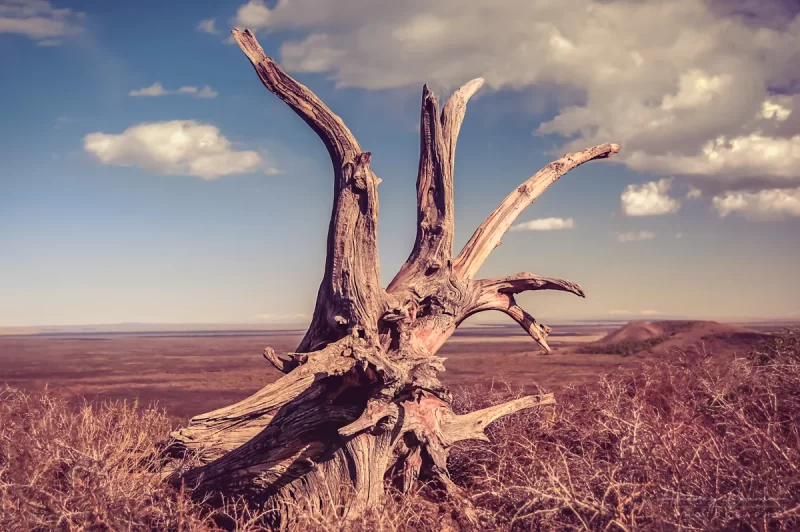
Lava is not something which most boy scouts, outside of Hawaii, will probably have to face. We could have another Mt. St. Helen’s on the mainland which would bring that danger to some of you. However, this is mostly a Hawaiian issue. Still, slowly moving rivers of molten rock are not a good thing to be around. If the heat doesn’t get you, the toxic gases emitted might. Currently erupting lava flows are well documented enough to avoid. If there’s rumblings in a dormant volcano around you, don’t put yourself in the path of the lava. There really isn’t much to do with lava except avoid it.

You should also avoid thermal features such as those found around Yellowstone National Park. They provide walkways and boardwalks for a reason. Those thermal features often include thin and delicate crusts. If you walk out onto such, you may break through and fall into boiling hot water. You’ll literally cook before rescuers arrive. Also, many hot pools are incredibly caustic. They’ll entirely dissolve your body within a matter of hours.
The List Doesn’t End Here
There are innumerable hazards for outdoor photo shoots, especially in the wild. This is far from a complete list. These are, however, many of the common hazards you might find yourself facing out on a photo shoot in your area. Some of these hazards are very region-specific so make sure you know which hazards you might face and what to do about them before you go out.
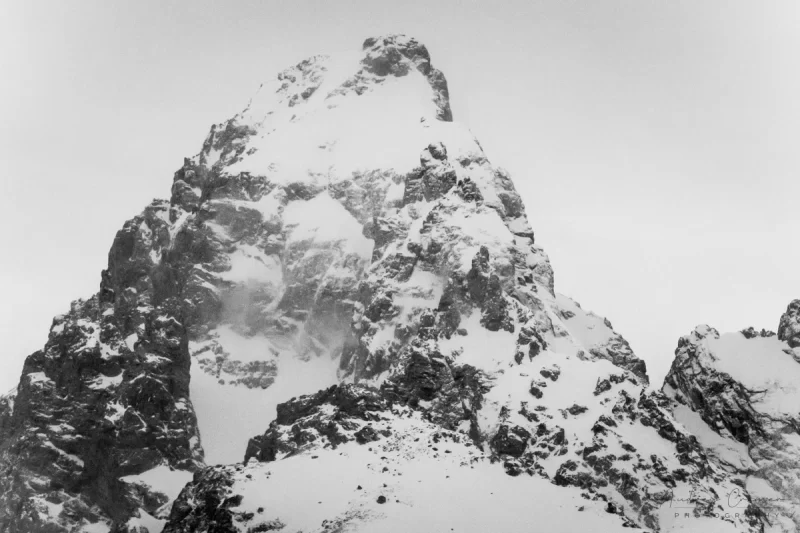
As always, take a first aid kit, take a buddy, and let someone know where you are going, what you are doing, and when you’ll be back. That way, there’s always someone to call for help. Make sure you take water with you no matter what you are doing. Know what to do for the kinds of wildlife you might encounter and avoid dangerous areas just like you would in scouts. Seek medical treatment asap for any injuries sustained during your shoot.
Studio Hazards
Compared to the hazards you can find outdoors, hazards indoors are relatively small and tame. Still, you can have a few problems when in an indoor or studio setting. A studio type setting is meant to be a controlled setting. You control the lighting, the wind, the background, and many other factors which you cannot control outdoors. This eliminates most of the hazards above right there.
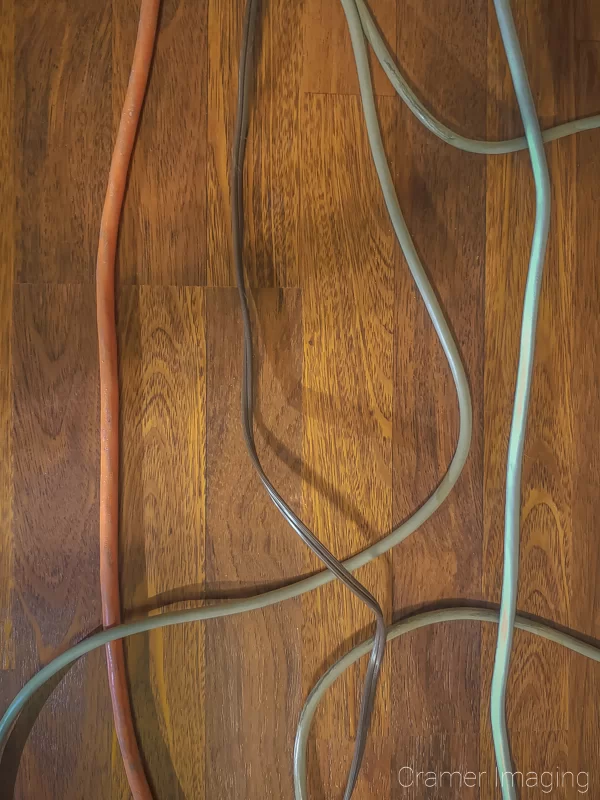
Tripping hazards are probably your biggest problem. Cords powering large studio strobes can trip you up if you don’t watch your feet. Also, those big strobes can be a hazard if they fall on you. You also have concerns with frayed and shorting electrical cords if the equipment hasn’t been properly handles and stored.
You might also have animal handling concerns if you’re doing a shoot with animals because they’re unpredictable and will only put up with so much for so long. Having an animal handler present during your photo shoot will help mitigate some of the risks.
Preparing for these hazards is a simple process of keeping cords neat, storing and inspecting equipment properly, and properly anchoring heavy equipment so as not to be hazards. Watch where you step. Have animal handlers present for animal shoots and keep the shoot as short as possible to not annoy the animal(s).
Human Hazards
I bet that this is a hazard which you have not thought about. Human beings can be some of the biggest hazards you will face on any kind of photo shoot. People can be rude, stupid, risky, loud, mean, belligerent, paranoid, hostile, and several other downright unpleasant adjectives. You never know when you’ll have a problem with another person on a photo shoot.

If you want to avoid problems with other people, don’t trespass. Private properly lines are there for a reason. There are times and places where you might not want to know what that reason is. If there are “No Trespassing” signs visibly posted, that’s all the more reason not to trespass. Your camera does not give you license to go anywhere or do anything you want.
See if there’s a better angle if someone’s rude and won’t move out of your shot. Don’t photograph someone without their permission. Don’t block walkways, entrances, elevators, stairwells, etc. with your shoot. If someone’s uncomfortable (no matter what your subject matter), don’t pull out your camera.
Please remember and be considerate when shooting photos around traffic. Cars and trucks move very fast and require advanced braking time. Don’t get in their way or you may pay the price.
In the end, there’s only so much you can do to avoid problems with your fellow human beings. If they’re drunk and belligerent, for example, you’re not going to avoid a fight. Knowing the law helps but will only get you so far. Be prepared to call the police to sort out the worst situations.
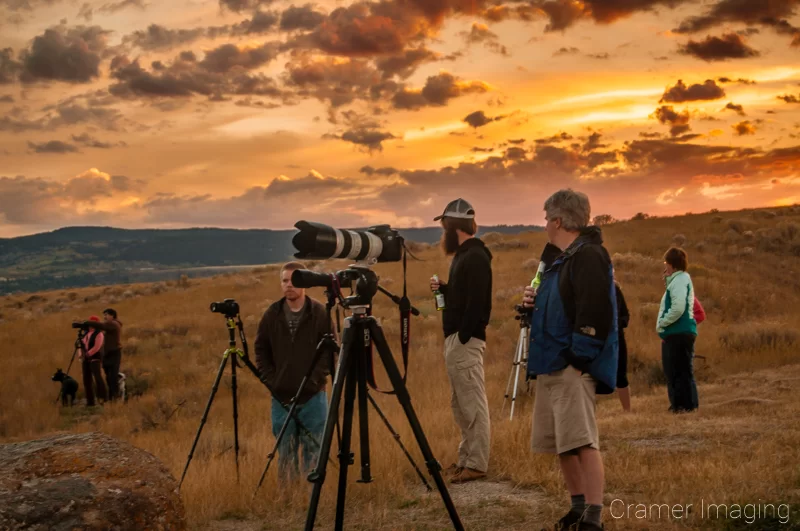
Unhappy customers pop up all the time. They’ll be unhappy for many different reasons, and you won’t be able to make them all happy in the end. Do your best but realize that there will be issues down the road which you won’t see coming and you’ll need to think on your feet about how to deal with.
Railroad Tracks
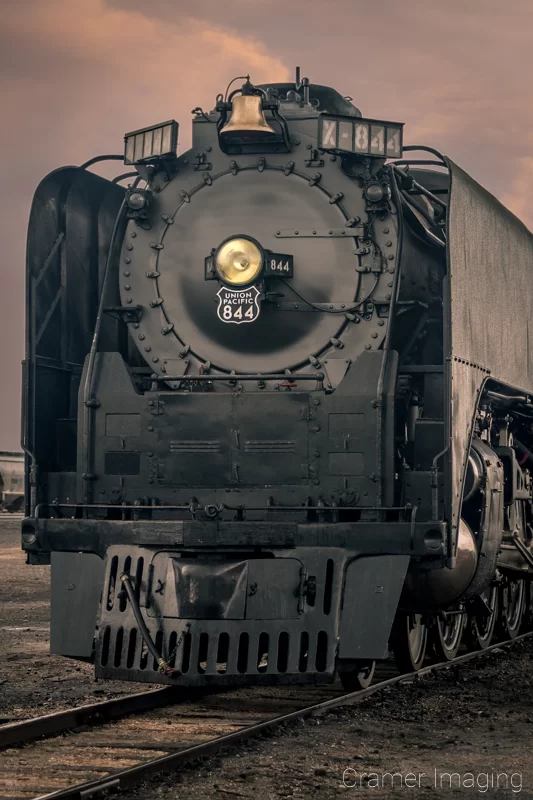
A very special subset of human hazard has to do with railroad tracks. They are popular subjects for photography of all kinds. Landscape and nature photographers will photograph the tracks with or without the train present. Portrait photographers love using the tracks as an interesting background for portraits. The problem is that railroad tracks are dangerous. For some reason, people seem to forget that part of the equation. The cost for this forgetfulness and lack-of-situational-awareness is high.
Firstly, trains are big heavy pieces of machinery. They take a long time and distance to speed up and they take just as long to slow down. Usually, by the time you hear the train whistle, it’s too late for the train to stop without hitting you if you’re on the tracks. It’s up to you to move off the tracks to save yourself. Many a photographer has been killed by a train by not moving in favor of taking a photo instead. Don’t be that person. Don’t mess around on railroad tracks.
Another thing to think about is that the land on which the tracks sit is private property. If something happens to you, such as being hit by a train, the railroad company will claim you are trespassing and not pay out.
Conclusion
Much like planning for a camping trip, planning for a photo shoot can have many factors to think of in terms of safety. Mother Nature is, by far, the most unforgiving element you must account for in safety preparations. Indoor photo shoots require much less but different levels of safety preparation. The final and most unpredictable safety concern is the human element. You can never quite predict what another human being will do or become upset over.
While it can be difficult to prepare for human nonsense, you can rather easily prepare for most hazards you might face in both an indoor and an outdoor photo shoot. Don’t mess around on railroad tracks. Following this advice will make your overall photo shoot a much more pleasant experience for you as the photographer.
Next time, we’ll go into a bit of photography vocabulary and how each term affects the final image. It’s all part of the next section of the photography merit badge. Stay tuned.

